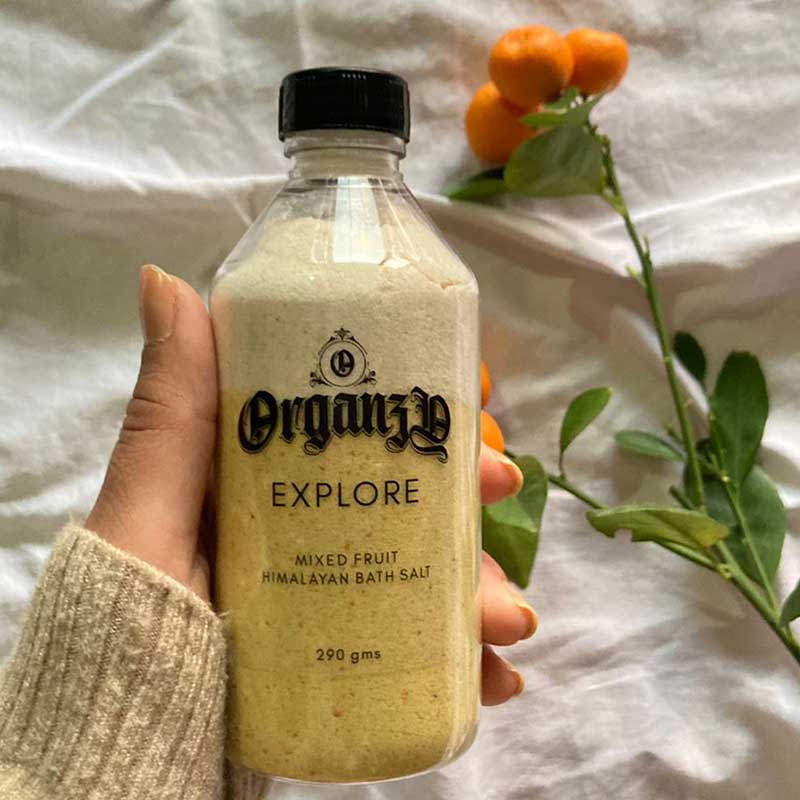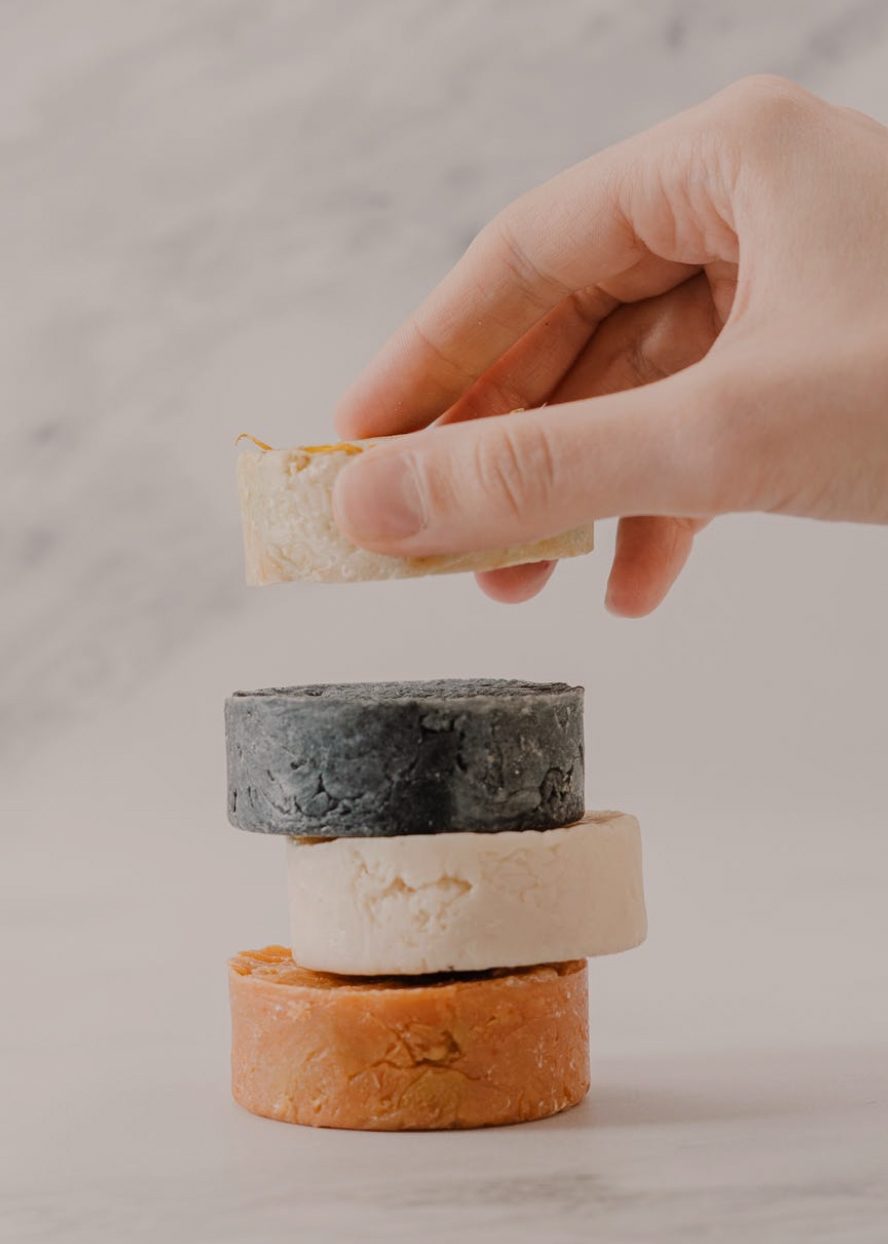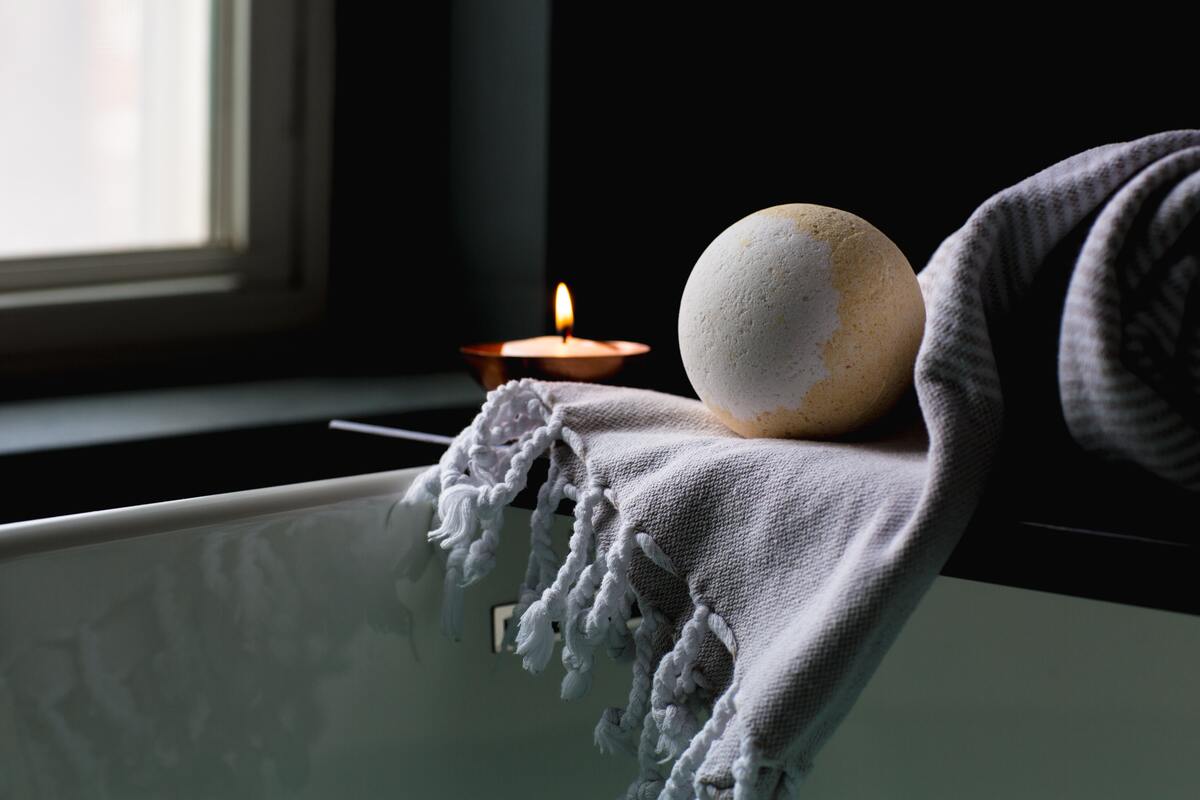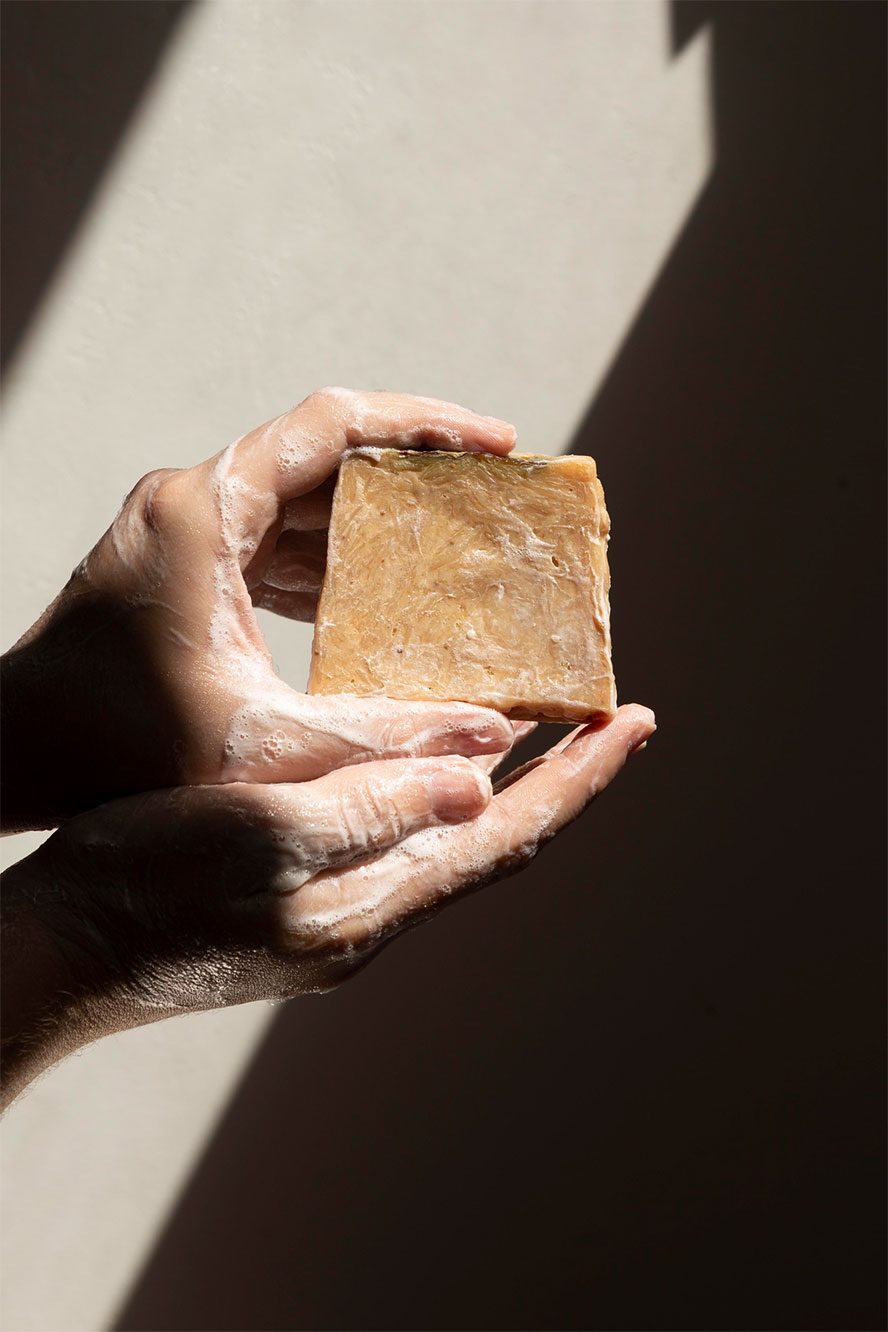
Soaking in a warm bath after a long day is a universal recipe for relaxation. But what if you could enhance that experience with minerals believed to promote deeper well-being? Himalayan Bath Salt, boasting beautiful pink crystals, are gaining popularity for their potential benefits. Let’s explore the scientific basis for these popular bath enhancements.
The Power of Pink: Mineral Content of Himalayan Bath Salts
Himalayan Bath Salt originate from salt deposits located in the foothills of the Himalayan Mountains. These salts boast a unique mineral composition, including:
1. Sodium: The primary component, contributing to the water softening effect and buoyancy experienced during a bath.
2. Magnesium: An essential mineral for muscle relaxation and nerve function, potentially aiding in stress reduction.
3. Potassium: This mineral may play a role in regulating blood pressure and muscle function, potentially contributing to a sense of ease.
4. Calcium: Essential for bone health, calcium may also play a role in nerve transmission and muscle function.
5. Trace Minerals: Himalayan Bath Salt may also contain smaller amounts of other minerals, like iron and zinc, although their contribution to the bath’s effects is less established.
The Science of Soaking: Potential Benefits of Himalayan Bath Salts
While research on Himalayan Bath Salt specifically is limited, some scientific evidence supports the potential benefits associated with warm baths and mineral soaks:
1. Relaxation And Stress Reduction: Warm baths have been shown to promote relaxation by lowering cortisol levels, the body’s stress hormone. The minerals in bath salts, particularly magnesium, might further enhance this effect.
2. Muscle Pain Relief: Soaking in warm water can improve circulation and ease muscle tension, potentially offering relief from aches and pains.
3. Improved Sleep: Relaxation and stress reduction promoted by warm baths can indirectly contribute to better sleep quality.
Important Considerations
While Himalayan bath salts are generally safe, here are some things to keep in mind:
1. Limited Scientific Evidence: More research is needed to definitively establish the specific benefits of Himalayan bath salts.
2. Potential For Skin Irritation: For those with sensitive skin, a patch test on a small area is recommended before a full bath.
3. Hydration Is Essential: Soaking in a bath can result in loss of hydration. Ensure you drink plenty of water before, during, and after your bath.
Conclusion
Himalayan Bath Salt might not be a miracle cure, but they can elevate your bath routine. The combination of warm water, potentially beneficial minerals, and a touch of self-care can create a relaxing ritual that promotes well-being. If you’re looking to unwind and de-stress, incorporating Himalayan bath salts into your bath time might be worth a try.
For more information, stay updated with – Organzy.in
Subscribe To Our Newsletter
Subscribe for your email and get 10% off your first order!











